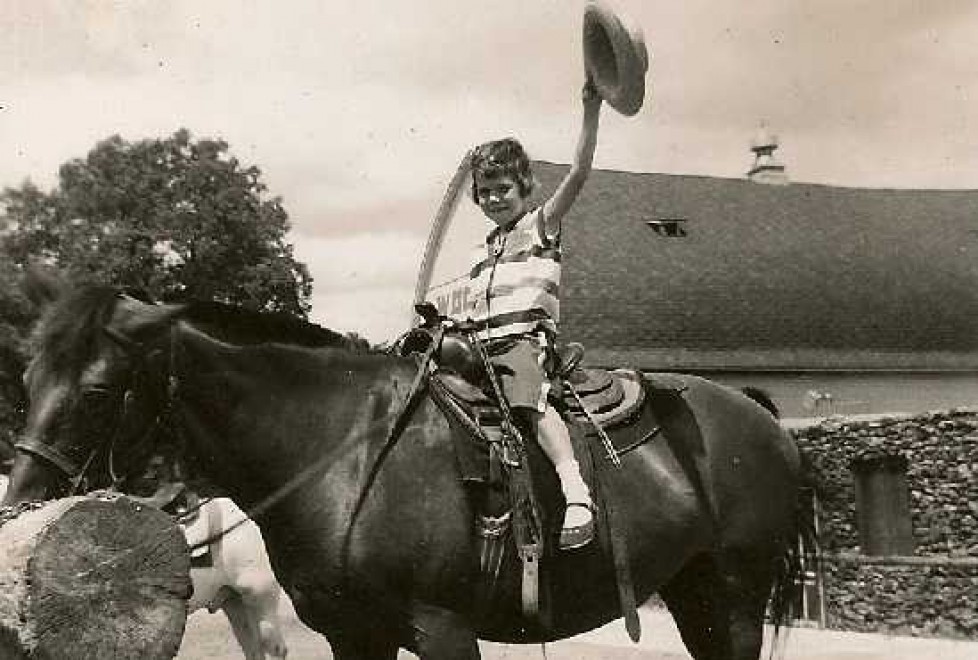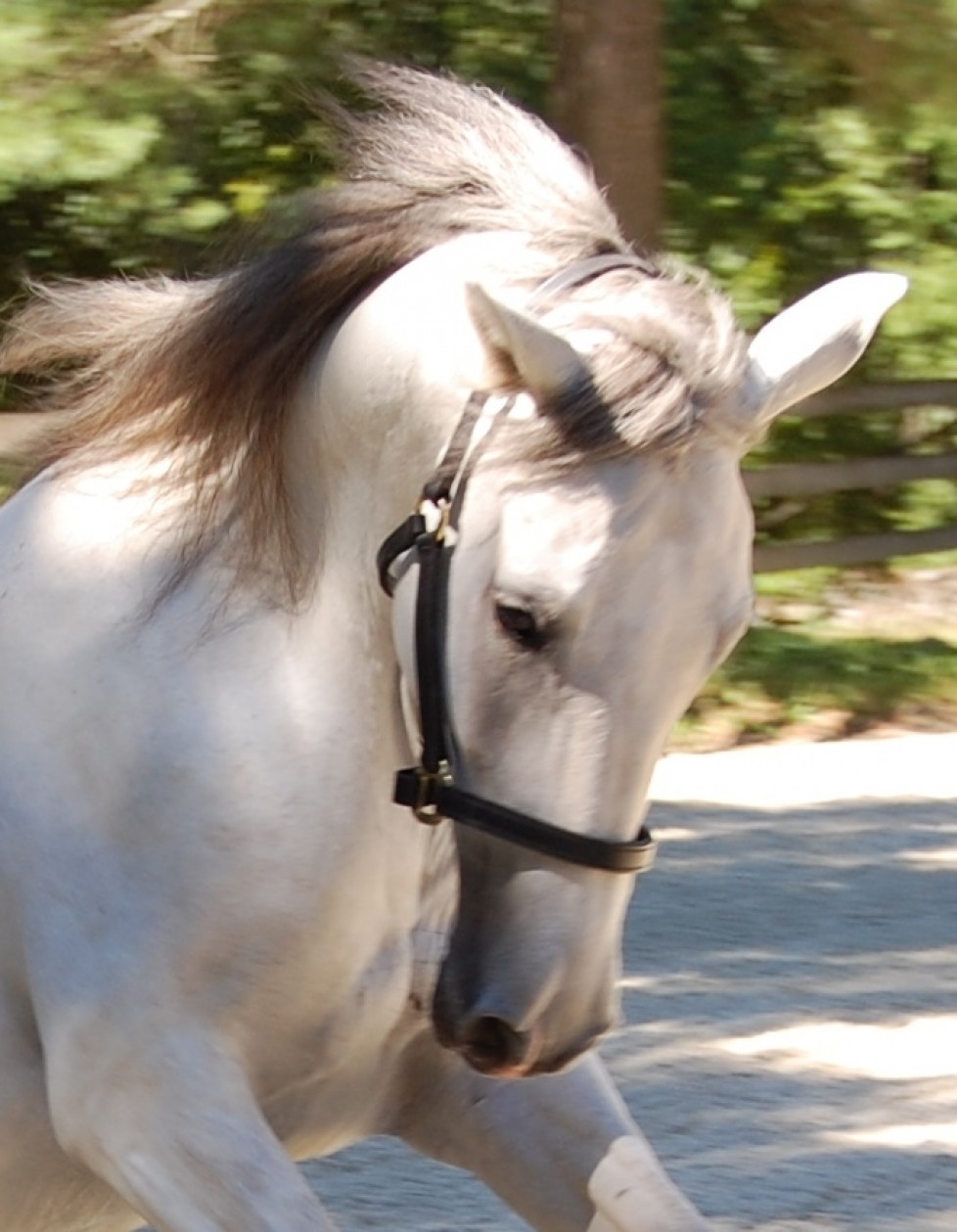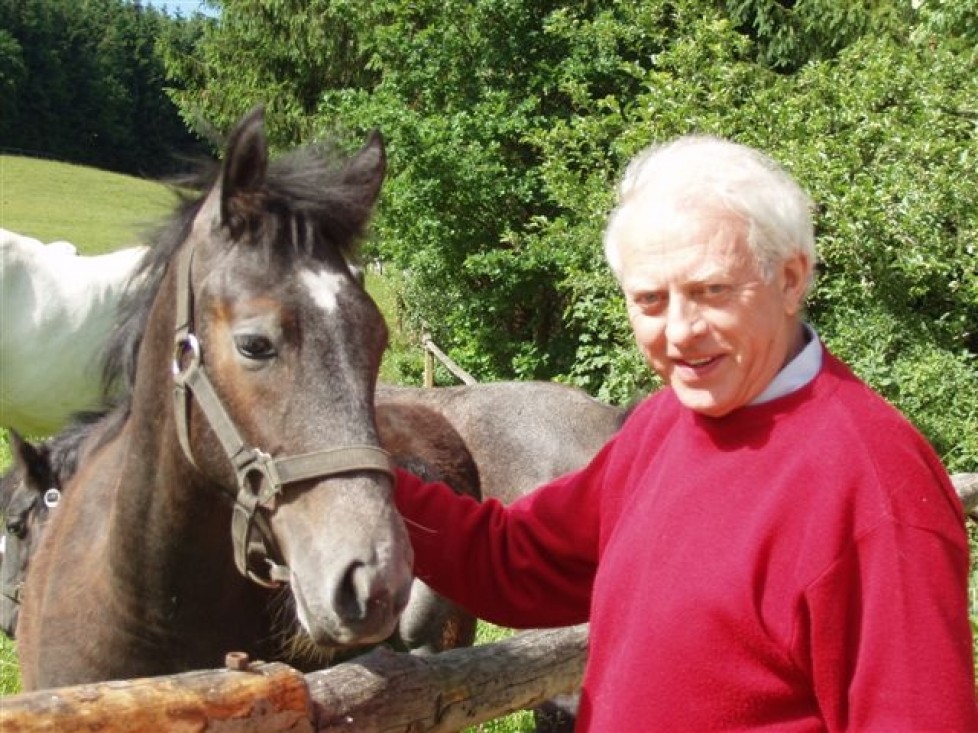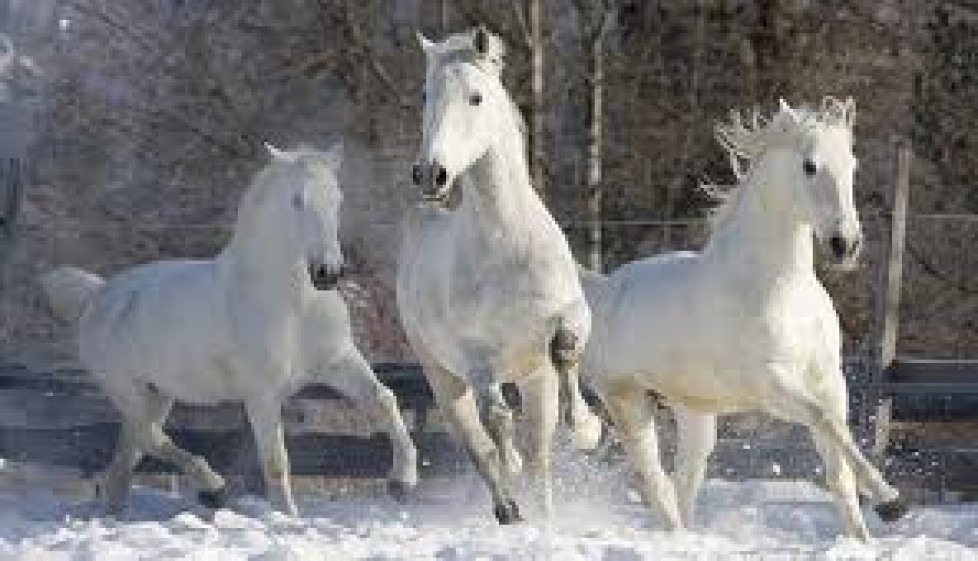a Stable Life
Don’t we all just want a stable life?
Creating personal balance has always been a challenge for me. As a “type A” personality, my free energy was spent on work, work, more work and a parade of all-encompassing hobbies, activities that maintained my interest until I “mastered” them, at which point I became bored and gave them up.
I struggled to find that grand passion, something that would give me focus and be a counter-point to a world increasingly filled with busyness and materialism.
For me, the lifelong passion is Equus ferus caballus, the domesticated horse, and they are the only interest that has never waned. Although I didn’t understand it at the beginning, horses are mirrors of people, and they reflect what is good and bad about us. A distracted person will create a distracted horse. An unhappy person will create an unhappy horse.
In fact, the horse’s changing nature requires lifelong understanding, commitment and focus. Large and powerful, every interaction with a horse is a unique experience because they are exceedingly responsive to the emotional and physical energies of their human partners. I think of them as fur-lined meditation!
Forging a meaningful partnership with a horse requires letting go of outside distraction, maintaining positive energy and staying focused on the needs of the horse at all times. Every moment with a horse is an opportunity to listen and learn. Accomplishing the smallest task with a horse strengthens personal focus and confidence, and it provides excellent life lessons for dealing with other challenging life situations. Happily, the ability to focus and control personal energy – under all circumstances – spills into all areas of your life, helping to create that stable life that we all want.
Susan



